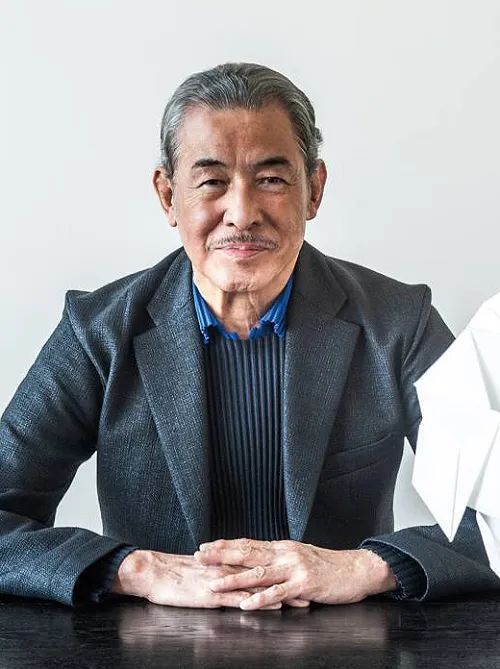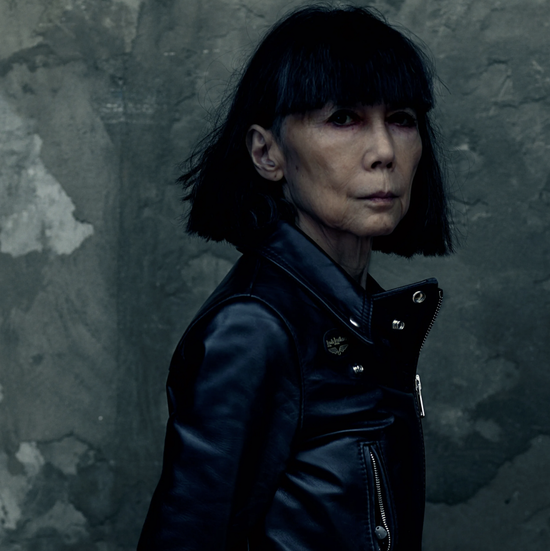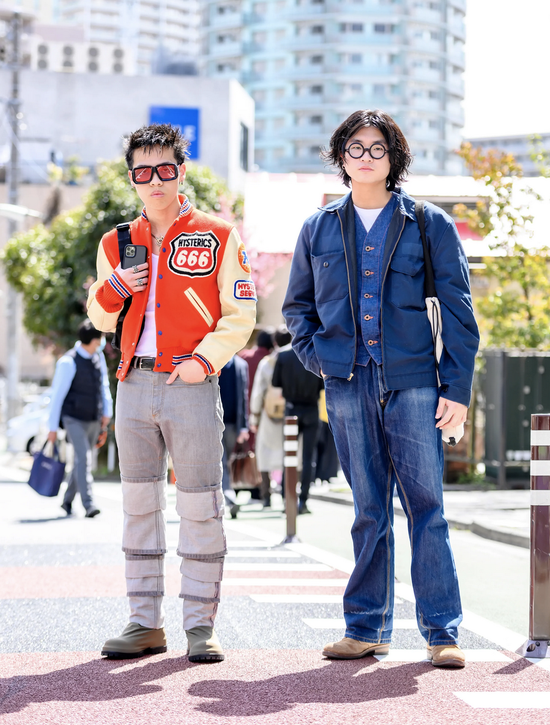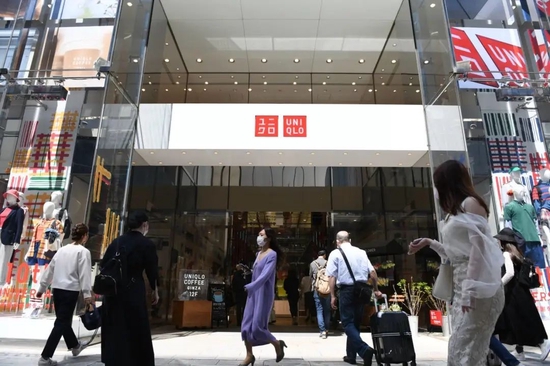Reprinted from: WWD International Fashion News
Original title: Depth | How does Japanese fashion power influence contemporary fashion culture narrative?
Japan, an East Asian island country, its territory consists of four large islands, Hokkaido, Honshu, Shikoku, and Kyushu, and many small islands around them. Due to its location in the Pacific Rim Volcanic Seismic Belt, there are frequent volcanic and seismic activities here, which have greatly affected the lives of local residents.
It is such a small place with frequent natural disasters, but it has made great achievements in the fields of popular culture such as animation, games, music, and movies. Fashion is also an important part of popular culture, and Japan’s influence in this field should not be underestimated: it has established itself in the high fashion industry with oriental aesthetics, exported local trend culture in reverse, and occupied the mass consumer market with fast fashion… This combination After the punch, Japan has become a representative of Asian fashion and an existence that cannot be ignored in the global fashion industry chain, which has greatly influenced the narrative of contemporary fashion culture.

Modern fashion started in the West. For nearly a hundred years, the fashion discourse power has been firmly in the hands of Western designers, but this situation was broken by Japanese designers in the 1970s and 1980s.
In the 1970s, Japanese designers such as Kenzo Takada, Issey Miyake, and Kansai Yamamoto entered the Western fashion world one after another: Kenzo Takada embraced exotic culture and natural elements, bringing fresh air to the dull fashion world at that time; Kansai Yamamoto was ecstatic and bright Bright colors and traditional Japanese cultural elements, through the cooperation with British psychedelic rock singer David Bowie, shape the alternative look of oriental fashion; Issey Miyake proposes and implements the concept of “one piece of cloth”, that is, only one piece of cloth is used to make clothes, explaining The philosophy of harmonious coexistence between man and nature.
 Issey Miyake
Issey Miyake
With these designers opening things up, in the 1980s, Rei Kawakubo and Yohji Yamamoto landed at Paris Fashion Week with their shabby and wrinkled black collections, which completely shocked the Western fashion world: the clothes were crude, crude, and uneven. , which fully reflects the Japanese wabi-sabi aesthetics, which is completely different from the high fashion represented by “new style” which emphasizes sophistication, regularity, symmetry and elegance, and creates a new female image.
Japan’s position in the international fashion industry was thus established. In the future, pioneering designers and brands such as Jean Paul Gaultier, Alexander McQueen, John Galliano, Helmut Lang, Viktor & Rolf may be inspired by traditional Japanese clothing, or from the works of Japanese designers such as Rei Kawakubo. Get inspired.
 Kawakubo Rei
Kawakubo Rei
To this day, those outstanding Japanese designers are still sending their ideas to the world and occupying a place in the international fashion arena: Issey Miyake has pushed the technique of folds to a more profound level; Yohji Yamamoto keeps giving black intriguing oriental Zen; Rei Kawakubo is experimenting He went further and further on the road of sex, and founded Dover Street Market with her husband Adrian Joffe to help young designers grow and incubate emerging brands.

Fashion is not a tree without roots or water without a source. The lack of congenital conditions, on the one hand, makes Japan particularly dependent on the external environment; sublimation.
After World War II, the United States vigorously supported Japan to help it recover its economy. From ivy to hippie, from rock to hip-hop, from skateboarding to surfing, American trend culture has been continuously imported into Japan in the process. With curiosity and admiration, the younger generation in Japan began to follow suit. In the 1990s, Japan’s economic bubble burst, loss and negativity shrouded the society, and young people completely turned from the enthusiasm for conspicuous consumption to the pursuit of individuality. Correspondingly, the subculture flourished and the street fashion brand grew rapidly. .
 Japanese street trends
Japanese street trends
Ideal young people such as Fujiwara Hiroshi, Takahashi Shield, Nagao Tomoaki, Nakamura Shinichiro, and Takizawa Shinsuke gathered in the area between Jingumae, Shibuya Ward, Tokyo, Japan, and Sendagaya in the same district, and established studios in small alleys and corners , using the vast and diverse underground music and youth culture of the West as the medium, selling trendy clothing, attracting a large number of young people who love fashion and publicize their individuality, and a vibrant street fashion field came into being.
It was later called “Uri Harajuku” by the trend magazine “CHECKMATE”. Fragment, Undercover, BAPE, SK8TIHNG and Neighborhood and other trendy brands born here not only absorbed the sports and leisure style of American fashion brands, but also integrated Japan’s regional characteristics and Design techniques, so as to develop a unique Japanese trend style. With the development of time, this style has not only spread in Asia, but also exported to Europe and the United States in reverse, enriching the trend culture map, and Harajuku has also become a pilgrimage place for many trend lovers.

“The world’s martial arts, only fast is not broken” This sentence has been used by fast fashion brands to advertise themselves for a long time. However, when European and American fast fashion giants Gap, H&M, Zara, etc., who followed this rule, shrank their business under the cover of the epidemic, Japanese fast fashion brands that did the opposite achieved a contrarian rise.
Japanese fast fashion brands headed by Uniqlo have drawn a line from the traditional fast fashion camp early, no longer focusing on the latest trends, but taking the initiative to slow down, focusing on product quality and customer experience, focusing on shaping brand culture and selling lifestyles , took a very different path: Under the guidance of the “LifeWear” concept, Uniqlo insists on creating high-quality clothing for the daily wear scene, and through cooperation with high-end fashion designers such as Jil Sander, Jonathan Anderson and Christophe Lemaire , to establish its own image of parity without losing quality. At the beginning of this year, Uniqlo opened a flower shop to create a “fourth living space” for brick-and-mortar retail, once again demonstrating the brand’s determination to connect with consumers’ lives.
 Uniqlo
Uniqlo
This is the epitome of many Japanese fast fashion brands: GU also focuses on basic clothing, continuing the comfortable style of Uniqlo; Muji and nikoand… In addition to clothing, they also sell home furnishing, snacks, catering, and leisure space. People can experience a complete experience in the store. Japanese life. These are reminiscent of their Scandinavian counterparts, but they’re not cold-hearted, more affordable, and more flamboyant, making them more appealing.
From haute couture to street trends, from designer labels to the fast fashion industry, Japan’s involvement in contemporary fashion is comprehensive and profound. When most Asian countries are still lingering in the middle and lower reaches of the global fashion industry chain as processors and manufacturers, Japan has already relied on its bold and pioneering design concept, the craftsman spirit of excellence, and tolerance and self-defense towards foreign cultures. The precise positioning of its own role has formed a unique design language and a complete fashion system, and has become the leader of Asian fashion. Whether it is traditional wabi-sabi aesthetics or colorful trend culture, it is highly recognizable, and its influence is continuing to grow. Radiation all over the world. WWD
By Yvonne
Edit Nion
Image source network
